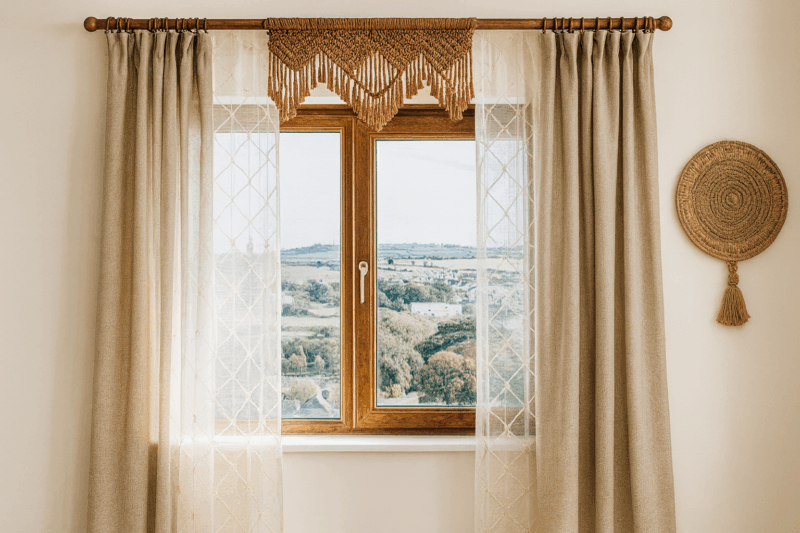Most households contend with some form of outside noise, whether it is an occasional car horn or the constant hum of nearby traffic. While some sounds are unavoidable, frequent or disruptive noise can interfere with sleep, concentration, and overall quality of life. Understanding where this noise originates is the first step in finding practical ways to reduce its impact.

(photo credit: Microsoft Stock Images)
Traffic and Road Activity
Vehicles are one of the most common contributors to outdoor noise that seeps into homes. Highways, busy streets, and even neighborhood roads can generate a constant backdrop of sound that filters through walls and windows. The type of traffic matters too. Delivery trucks, motorcycles, and emergency vehicles with sirens all add sharp, high-volume disturbances. Residential properties near intersections, stop signs, or traffic lights are more likely to experience engine revving and braking sounds at irregular intervals, which can be more disruptive than a steady stream of distant traffic.
Construction Work and Home Renovations
Construction activity, whether on public infrastructure or private property, is another major source of noise pollution. Drilling, hammering, heavy machinery, and demolition can create loud, unpredictable sounds throughout the day. These projects can range from large commercial builds to smaller home renovations next door. Even temporary work such as road resurfacing or utility repairs can create a significant auditory disruption. These noises often start early in the morning and may persist for weeks or months, depending on the project scope.
Air Traffic and Flight Paths
Homes located near airports or under flight paths are likely to be exposed to periodic aircraft noise. The impact can vary depending on the altitude, size of the plane, and weather conditions. While modern aircraft are designed to be quieter than previous generations, takeoffs and landings still generate considerable sound. For some neighborhoods, especially those near regional airports or within busy air corridors, air traffic can become a consistent background noise.
Public Events and Recreational Spaces
Parks, sports fields, and event venues near residential areas can generate substantial noise, particularly on weekends or during holidays. Cheerful gatherings, sporting events, and concerts may sound festive, but they can quickly become intrusive if they continue into the evening or occur regularly. Amplified sound systems, crowds, and vehicle traffic associated with these events can all contribute to a significant rise in noise levels in nearby homes.
Trains and Railways
Train horns, track noise, and engine vibrations are familiar disturbances for anyone living near a railway line. Even freight trains passing through late at night can rattle windows and wake light sleepers. Urban light rail systems and commuter trains may generate frequent but shorter bursts of sound, which can be particularly disruptive due to their irregular schedules.
Understanding where noise originates helps families make informed decisions about home maintenance, upgrades, and even property selection. Taking small steps to limit exposure can make a significant difference in how peaceful a home feels day to day. For more information on sources of noise pollution within the home, feel free to check out the accompanying resource below.
Leave a Reply